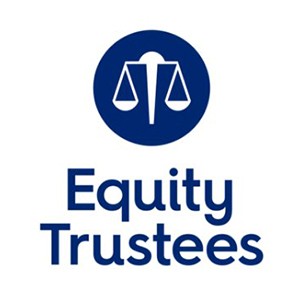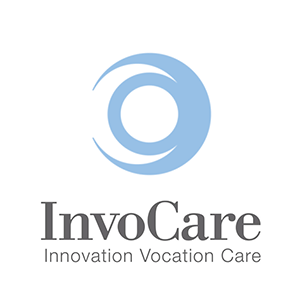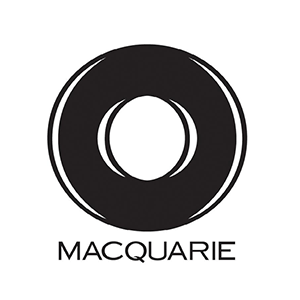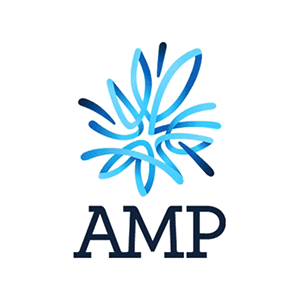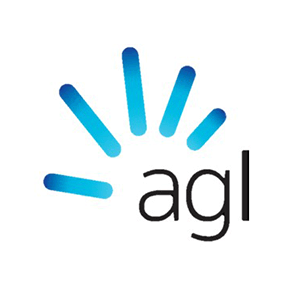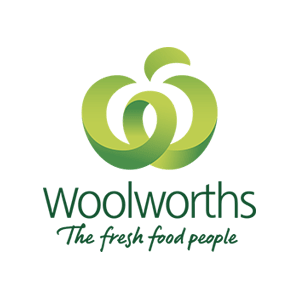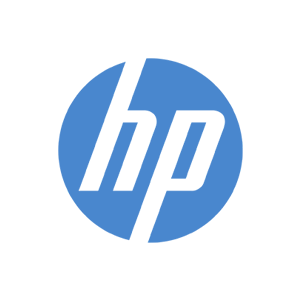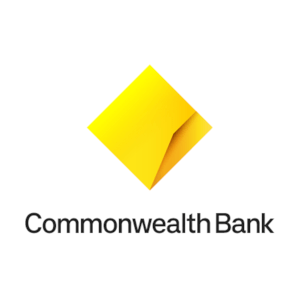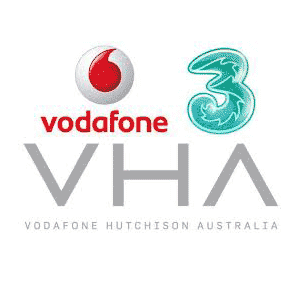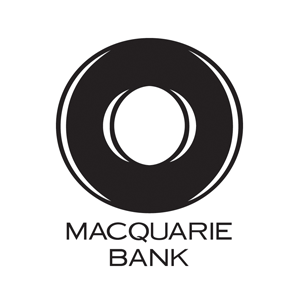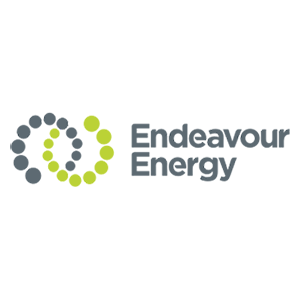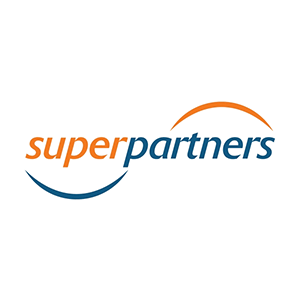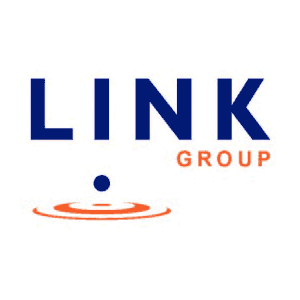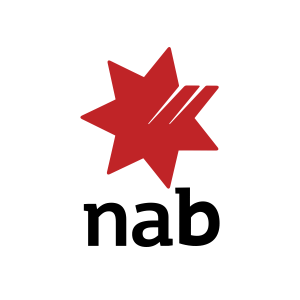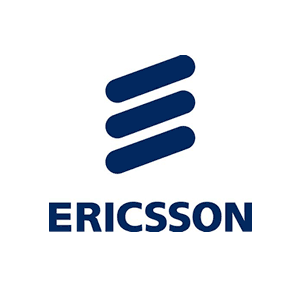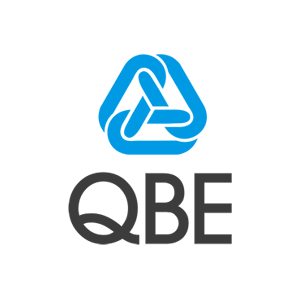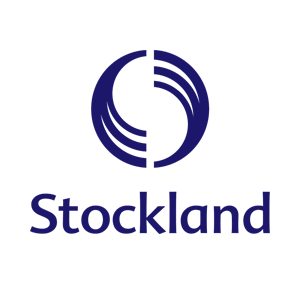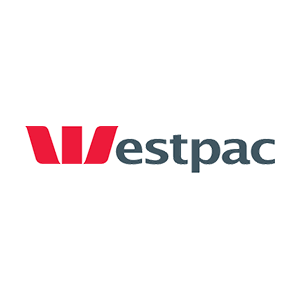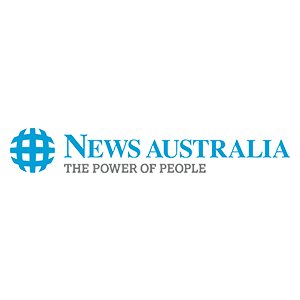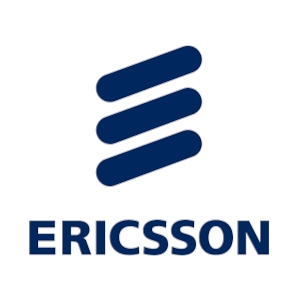
CASE STUDY:
Ericsson – VHA Transmission Network Program Office
Client Profile:
With global revenues in excess of $40bn, Ericsson (www.ericsson.com) is the world’s largest provider of mobile telecommunications equipment and services to mobile and fixed network operators. Over 1,000 networks in more than 180 countries use Ericsson’s network equipment, and more than 40 per cent of the world’s mobile traffic passes through Ericsson networks.
Background:
Ericsson’s Catalina program was established to provide Vodafone Hutchinson Australia (VHA) with an advanced mobile network providing both 2G and 3G mobile services covering at least 95% of Australia’s population.
Catalina was a large and complex telecommunications program with a budget in excess of $300m, involving over 400 people in design, build, integration and delivery activities across Australia.
Client Objective:
A key objective of VHA’s proposed Transport Network evolution was to ensure that the VHA Core Transmission Network was capable of supporting the growth of TDM based traffic (2G and 3G) transported across the legacy network, and IP based traffic (3G) transported across the new Packet Overlay Network.
VHA invested $1bn+ across Australia not only to upgrade their network but also to win back customers who moved their mobile plans to other suppliers as a consequence of poor coverage, slow download speeds and poor signal strength (dropped calls). VHA offered new customers, and those who are upgrading their services, the Vodafone Network Guarantee, so that they can test the network for themselves, placing additional pressure on the Catalina program to deliver.
Catalina was a large and complex telecommunications program, consisting of 6 work streams and involving over 450 project staff in design, build and integration, deployment and acceptance activities across Australia.
Within one year of commencement, the program was seriously troubled. The scope of the Access Integration workstream, which represented 90% of the entire program in terms of upgrade sites, had increased by over 70%, and this was without an implemented change control process. Furthermore, the estimated project duration had increased from 16 months to 29 months, and Ericsson was facing the prospect of incurring substantial Liquidated Damages. The number of issues on the project also resulted in the team being heavily engaged in fire-fighting rather than in project delivery.
Seven Consulting Solution:
VHA requested that Ericsson make substantial changes to ensure that the Catalina program would deliver as contracted under the Transmission Services Agreement. Consequently, Ericsson engaged Seven Consulting to assess the functions of the current PMO and to identify improvements that could be made such that VHA’s and Ericsson’s program needs were met.
Seven Consulting’s initial assessment resulted in the development of a 15, 30 and 60 day Recovery Plan for the Ericsson Catalina Access Integration workstream that focused on the key PMO performance areas that needed immediate remediation:
- Reporting/Performance Monitoring
- Schedule Management
- Process Management
- Resource Management
- Risk & Issue Management
- PMO Logistics Management
On successful completion of the Recovery Plan, Seven Consulting continued to provide PMO and project management consultancy services to the VHA and Industry Vertical client unit portfolio, including recommendations for the creation of a high performing project organisation, increased project governance, improved risk and change management, project compliance audits and toll gate reviews.
Client Outcome:
Given the complexity and scale of Catalina, Ericsson needed a strong PMO that would ensure that the program delivered, met contracted commitments, met Ericsson’s strict project management compliance requirements, and also provided VHA with confidence that the program was being correctly executed. The Seven Consulting Recovery Plan and subsequent portfolio initiatives provided the following benefits, to both Ericsson and VHA;
-
Project governance was improved with the addition of new forums to bridge the gap between the previous regional and project framework, with composition and content defined at each level
-
Internal and external stakeholder reporting improved significantly, VHA’s data quality and timeliness requirements were met and Ericsson were able to accurately illustrate delivery progress. This was achieved via the establishment of a single source of truth with regard to delivery status, revised data and process flows, revised data structures, better data validation, and a new suite of Access Integration reports
-
Issue management for the VHA and Ericsson Access Integration workstreams was introduced, ensuring that key issues were quickly and effectively resolved, all stakeholders had the required level of visibility and a productive issue escalation process existed
-
Schedule management improved through the introduction of best practice techniques, new transmission upgrade category templates to reflect the reality of execution, a new WBS, and subsequently the creation of a Critical Path per work package. A scheduling specific steering group was also introduced and facilitated to ensure that all stakeholders were party to decisions taken and action plans implemented
-
Communication on the program was significantly improved with the creation of a communications management plan, organisation charts, and standard templates for agendas, minutes, actions and decisions
-
Project manager capability and outcomes for senior stakeholders were improved through financial and risk management workshops, and the subsequent implementation of standard methods and tools
-
Client escalations were minimised and more tightly controlled.

